Every day, people with diabetes navigate a delicate balance between high and low blood sugar, often without warning until physical symptoms emerge. Diabetic service dogs step in as vigilant partners, detecting chemical changes on the breath or skin long before glucose meters or continuous glucose monitors sound alarms.
These four-legged guardians integrate seamlessly into daily routines from morning jogs in the park to school drop-offs, while maintaining a constant watch over their handler’s health.
In this article, we’ll explore eight core dimensions of how these remarkable animals are trained, certified, and celebrated, drawing on real-world case studies, expert insights, and the most searched topics in the pet and dog-lover communities.

THE SCIENCE BEHIND HOW DIABETIC SERVICE DOGS DETECT EMERGENCIES
Diabetic service dogs possess biological technology no lab can replicate through their extraordinary noses. Their secret weapon is a scent detection system boasting 300 million receptors that identify chemical changes humans can’t perceive.
When blood sugar swings dangerously, the body releases volatile organic compounds through breath and sweat that act as biochemical alarm bells. Hypoglycemia triggers a surge of isoprene, detectable at parts per trillion concentrations, while hyperglycemia produces distinct ketone signatures.
How Scent Detection Works In Diabetic Service Dogs?
The magic begins when volatile organic compounds (VOCs) released during blood sugar fluctuations bind to receptors in a dog’s olfactory epithelium. Diabetic service dogs receive intensive training to recognize these specific chemical signatures amid thousands of other environmental scents. Trainers use positive reinforcement with sweat samples collected during hypoglycemic events, rewarding dogs for identifying “the crisis scent.”
Remarkably, these dogs often detect changes 20-30 minutes before glucose monitors register shifts, creating critical intervention windows. Their accuracy improves through “scent pairing” exercises that associate odor recognition with specific alerts like pawing or fetching medical kits.
The Biological Hardware Enabling Dog Detection
A dog’s nose contains a specialized olfactory organ called Jacobson’s organ that detects pheromones and metabolic byproducts invisible to human senses. Diabetic service dogs leverage this hardware through a process called “active sniffing“, taking 5-10 rapid breaths per second to pull air molecules into their scent receptors.
Unlike electronic monitors, their biological sensors never need calibration or charging, working 24/7 even during sleep. Researchers discovered that the best alert dogs have a higher density of nerve endings in their olfactory bulbs, making them biological marvels of precision medicine.
Why Diabetic Service Dogs Consistently Outperform Early Electronic Glucose Alarms In Real-World Trials?
Unlike CGM devices that sample interstitial fluid every five minutes, a dog’s nostrils sample breath in real time, providing near-instant alerts at the first sign of trouble. Dogs learn to associate subtle changes in their handler’s posture or breathing with the scent of low blood sugar, often arriving at the handler’s side before visible symptoms appear.
Training protocols emphasize pairing every scent alert with a meaningful interaction, treats, play, or praise, so dogs maintain high motivation even in routine environments. Emotional synchronization between dog and handler creates a feedback loop, the dog senses handler stress and doubles focus, while the handler learns to trust dog cues over noisy beeps.
🔑 Key Points: Diabetic service dogs use their incredible sense of smell, which contains 300 million receptors, to detect specific chemical compounds like isoprene and ketones that the body releases through breath and sweat during dangerous blood sugar swings.
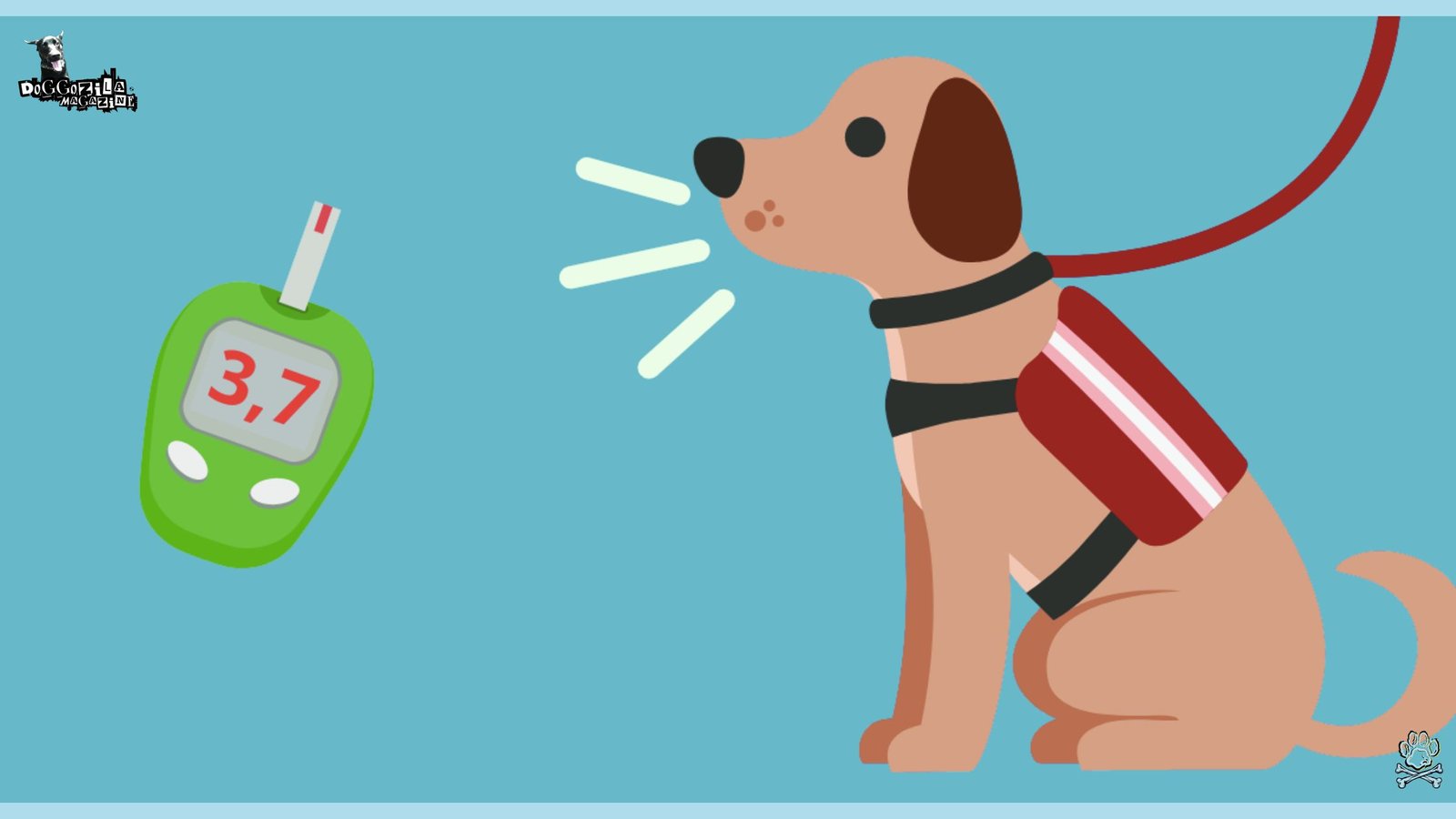
DIABETIC SERVICE DOGS AS SPECIALIZED PARTNERS IN HEALTH MANAGEMENT
Living with diabetes means constant vigilance against invisible threats that can strike without warning. This is where diabetic service dogs transform from companions to medical guardians, providing real-time biological monitoring no technology can match.
These furry heroes bridge terrifying gaps in diabetes management, particularly for those with hypoglycemia unawareness, a dangerous condition where the body fails to signal impending crashes. These extraordinary animals don’t just alert, they actively intervene during emergencies, creating safety nets that restore independence.
How Diabetic Alert Dogs Function As Early-Warning Systems?
These dog guardians specialize in preemptive strikes against blood sugar fluctuations before symptoms become noticeable. Trained to recognize scent changes during the earliest metabolic shifts, they provide intervention windows traditional monitors can’t match. Diabetic service dogs undergo rigorous 6-18 month scent discrimination programs learning to ignore neutral odors while reacting decisively to metabolic red flags.
Many handlers report their DADs detected crashes faster than continuous glucose monitors during real-life emergencies, particularly during sleep when technology often fails. Their value shines brightest for individuals whose bodies fail to trigger natural warning signs during dangerous drops.
Medical Response Protocols Activated By Diabetic Service Dogs
When emergencies strike, these highly trained dogs shift into tactical first-responder mode through drilled crisis protocols. They retrieve insulin kits or juice boxes from custom harness pouches with remarkable precision during urgent situations. Diabetic service dogs learn to press emergency buttons on specialized “Help Now” systems that instantly alert multiple contacts when owners become incapacitated.
Larger breeds provide physical stabilization by bracing against wobbly handlers during dizziness episodes, while others master dialing K9 alert phones with their noses to summon paramedics. For those living alone, these interventions create life-saving bridges during terrifying minutes before human help arrives.
Real-World Case Studies Highlighting How Diabetic Service Dogs Transform Lives
A Texas college freshman credited her Standard Poodle with averting multiple nocturnal hypoglycemic events during midterms, leading to improved grades and lower anxiety levels. An Australian retiree, once fearful of lakeside excursions, now paddles twice weekly with her Labrador wearing a custom life-vest, confident her dog will alert her to any glucose drop.
A London family adopted a rescue crossbreed that outperformed purebred candidates in scent trials, demonstrating that compassion and science can unite at the local shelter. Each story underscores the unique bond forged through shared adventures, whether climbing mountain trails, strolling urban waterfronts, or simply enjoying quiet evenings at home.
🔑 Key Points: These dogs act as real-time biological guardians, providing a critical safety net for individuals, especially those with hypoglycemia unawareness, by bridging dangerous gaps in diabetes management that technology cannot fully cover.
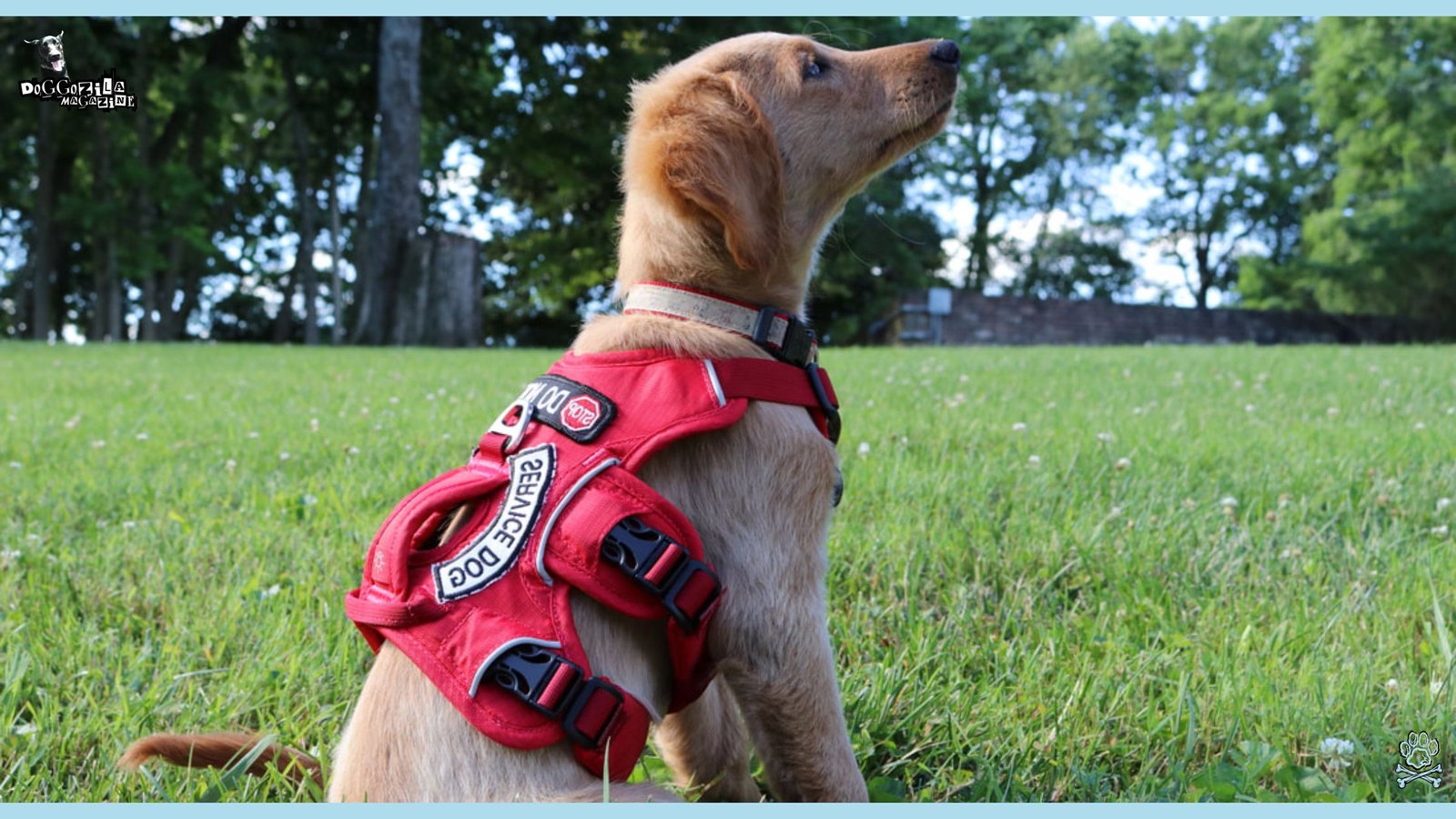
THE JOURNEY FROM PLAYFUL PUP TO MEDICAL GUARDIAN
Transforming a bouncy puppy into a reliable medical alert partner requires specialized breeding, meticulous training, and innate dog intelligence. Not every dog can become a diabetic service dog, the selection process identifies candidates with the perfect blend of scent drive, temperament, and focus.
This journey typically takes 18-24 months of progressive training, where puppies master hundreds of individualized skills before earning their service vests. The transformation represents one of the most remarkable interspecies partnerships in modern medicine.
Selecting Ideal Candidates For Diabetic Service Dog Training
Not every pup has the right temperament for this high-stakes career, breeders look for specific traits from the earliest weeks. The most successful prospects demonstrate exceptional focus during play and rapid curiosity about new scents in their environment. While Labradors and Golden Retrievers dominate the field for their trainability, surprising breeds like Standard Poodles and mixed rescues increasingly excel in scent work.
Diabetic service dog candidates must maintain calmness amidst chaos like loud public spaces while retaining intense scent-drive motivation. Trainers conduct “puppy aptitude tests” evaluating confidence navigating novel surfaces and reactions to startling noises before acceptance into programs.
Foundation Skills Every Diabetic Alert Trainee Masters
The first months focus on building rock-solid obedience and public access skills through progressive exposure training. Puppies learn to ignore food distractions during simulated grocery store trips and restaurant scenarios using positive reinforcement techniques.
Diabetic service dogs in training practice “task focus” by maintaining attention on handlers despite squirrels, other animals, or loud children nearby. They master positioning techniques like blocking in crowded spaces and tucking under tables without disrupting environments, while scent introduction begins gradually with sweat samples collected during safe blood sugar levels before advancing to crisis-linked specimens.
🔑 Key Points: Transforming a puppy into a reliable diabetic service dog is a rigorous 18-24 month process that requires selecting candidates with the ideal blend of scent drive, temperament, and focus for this high-stakes role.
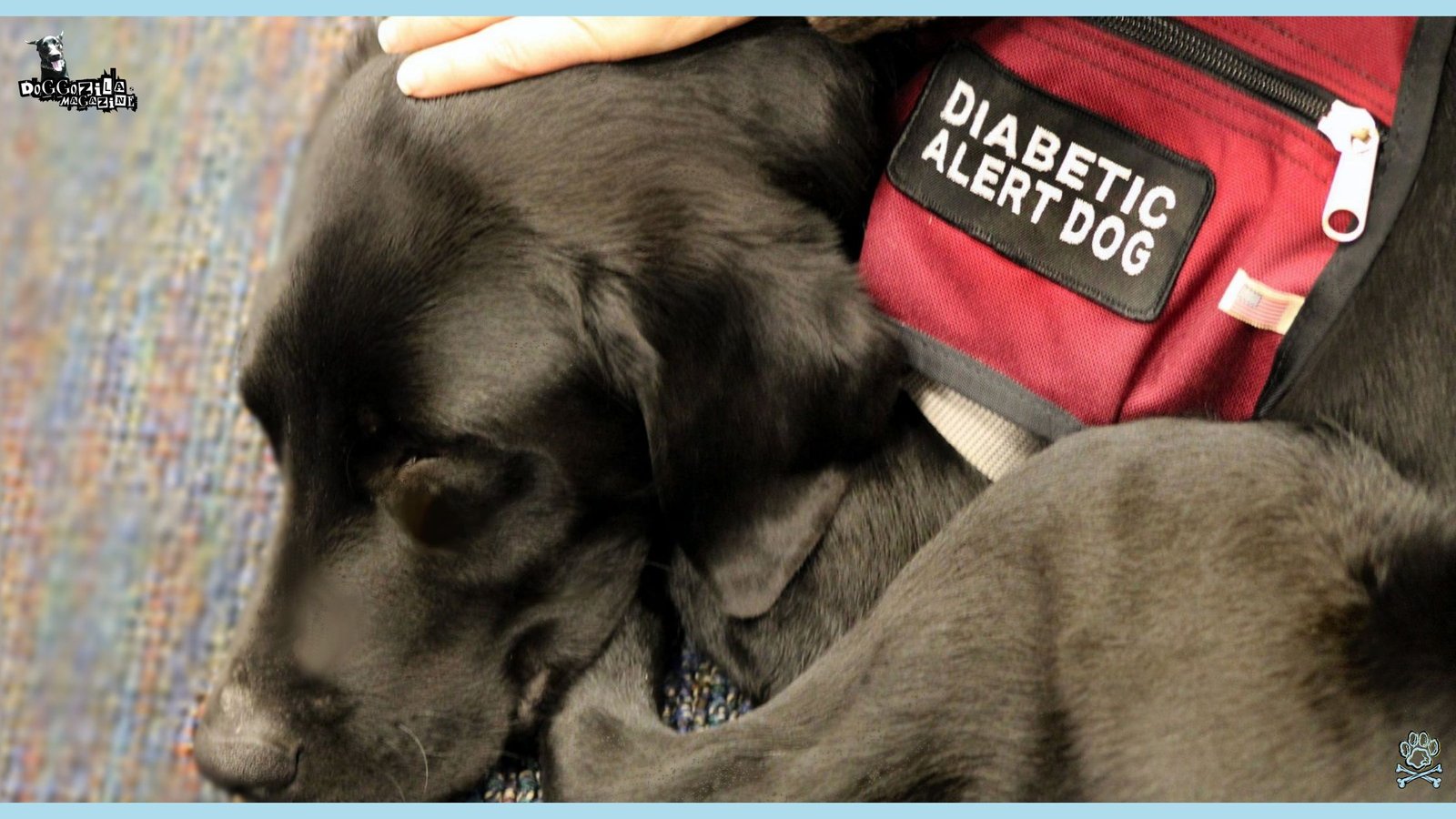
SELECTING THE IDEAL BREED OR MIX FOR DIABETIC SERVICE DOGS
Labrador Retrievers top the list for their eager-to-please nature, robust health, and proven scent-detection prowess honed through years of waterfowl retrieving. Golden Retrievers follow closely, offering gentle mouth grips ideal for fetching test kits and navigating crowded spaces without startling bystanders. Standard Poodles bring hypoallergenic coats and high intelligence to the table, excelling in complex scent games and public-access scenarios.
Meanwhile, thoughtfully screened rescue mixes are rewriting expectations, shelter dogs with surprising scent talent and resilient spirits are increasingly joining service programs, reducing wait lists and fostering adoption awareness.
Why Labrador Retrievers Remain The Go-To Choice For Many Handlers Seeking Diabetic Service Dogs?
Labs possess a double-coat that requires regular grooming but excels in varied climates, making them ideal for handlers who love winter sports as well as summer beach trips. Their innate fetch drive allows trainers to incorporate water retrieval and puzzle toys into scent drills, reinforcing alerts with joyful play.
High success rates in public-access certification, often above 90 percent, reflect their calm dispositions in airports, libraries, and restaurants. Handlers praise Labs for their patience with children’s impromptu petting sessions, reinforcing both social inclusion and handler confidence.
Related Article Recommendation: Types Of Service Dogs: Different Kinds but all in Service
How Golden Retrievers And Standard Poodles Bring Unique Strengths To Diabetic Service Dog Work?
Golden Retrievers’ soft mouth behavior enables delicate alert nudges on a handler’s hand or arm, minimizing interruptions in quiet environments like lecture halls. Their thick coat benefits scent retention but requires weekly brushing sessions that double as bonding rituals.
Standard Poodles’ curly hair demands professional trims every six to eight weeks, offering built-in public-access practice at grooming salons. Poodles’ reputation for high intelligence allows rapid learning of multi-step alert commands, such as fetching a glucometer then guiding the handler to a safe location.
The Rise Of Rescue-Based Programs Identifying Exceptional Mixed-Breed Candidates For Diabetic Service Dogs
Service dog agencies now include temperament and odor-ability screenings at local shelters, discovering promising candidates irrespective of pedigree. Mixed breeds often exhibit hybrid vigor, lower rates of common genetic issues and heightened resilience to training stressors. Denver’s “Rescue to Service” initiative matched dozens of shelter dogs with handlers in less than a year, slashing costs and wait times by 50 percent. Handlers describe profound gratitude for both a life-saving partner and a second chance for a deserving rescue dog.
🔑 Key Points: While Labradors and Golden Retrievers are top choices for their trainability and temperament, Standard Poodles and even carefully screened rescue mixes are increasingly proving to be excellent candidates for diabetic alert work.
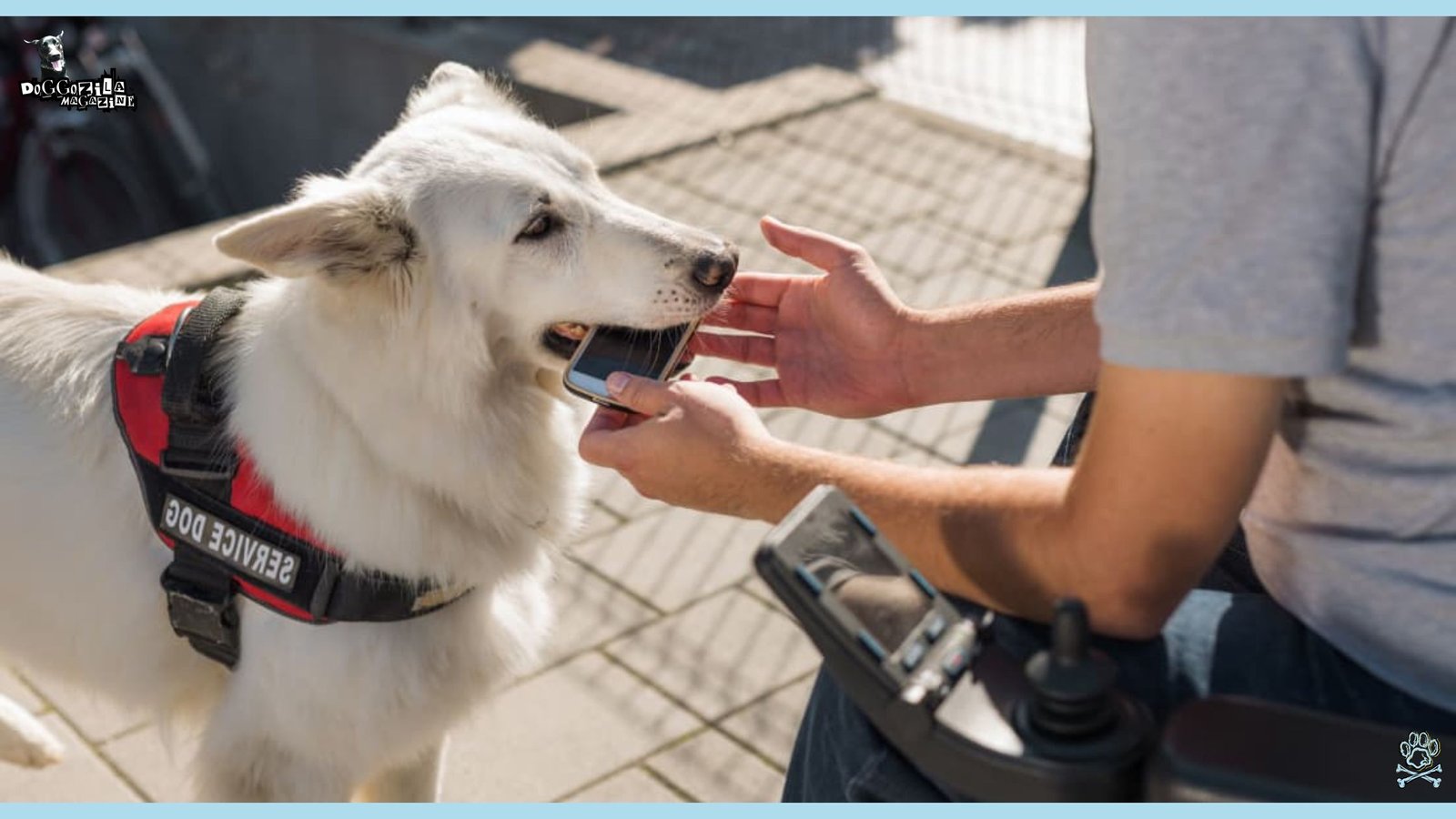
REAL-WORLD IMPACT OF DIABETIC SERVICE DOG PARTNERSHIPS
The ripple effects of these human-canine medical teams extend far beyond blood sugar readings, fundamentally reshaping lives with newfound security and spontaneity. For individuals navigating the relentless demands of diabetes management, diabetic service dogs transform constant vigilance into confident living through their nonstop monitoring capabilities.
These extraordinary animals bridge terrifying gaps in medical technology with their biological sensors always active and never needing calibration or charging. Witnessing a once-anxious child sleep through the night or a professional confidently board an international flight reveals the profound liberation these partnerships create daily across diverse lifestyles.
Transforming Independence For Diabetic Children And Teens
Imagine a 10-year-old nervously attending their first sleepover, previously impossible without parental glucose checks every two hours, enter Max, the alert Labrador who nudges the child’s hand at the first sign of dropping blood sugar during pillow fights.
Diabetic service dogs revolutionize childhood experiences by enabling participation in field trips, sports tournaments, and summer camps that were once deemed too risky. Schools report dramatic reductions in medical emergencies during recess when a trained canine companion shadows their young handler, intercepting crashes before dizziness strikes.
Parents describe weeping with relief upon seeing their child ride a bike around the neighborhood unsupervised for the first time since diagnosis. These medical guardians even ease social anxiety by sparking positive peer interactions as classmates learn about diabetes through the dog’s presence.
Adult Handlers Reclaiming Their Lives Through Dog Partnerships
Construction foreman David Torres thought his career was over after collapsing from undetected hypoglycemia on a job site, until his German Shepherd, Rex, began alerting him to drops during crane operations. Diabetic service dogs empower professionals to excel in high-stakes careers from airline pilots to surgeons by providing real-time alerts during critical tasks where CGM delays could prove catastrophic.
Adventure seekers share stories of hiking the Appalachian Trail or scuba diving in Belize with their medical guardians reliably monitoring blood sugar where technology fails. Veterans with service-connected diabetes report reduced PTSD symptoms when their alert dog interrupts night terrors with grounding licks while simultaneously scent-checking for metabolic crises. The financial burden of repeated ER visits plummets, with one study showing handlers average $12,000 less in annual diabetes-related healthcare costs.
Related Article Recommendation: Service Dogs For Children With Autism
🔑 Key Points: The partnership extends far beyond medical alerts, fundamentally transforming lives by restoring independence and confidence for both children and adults, allowing them to participate fully in life’s activities.
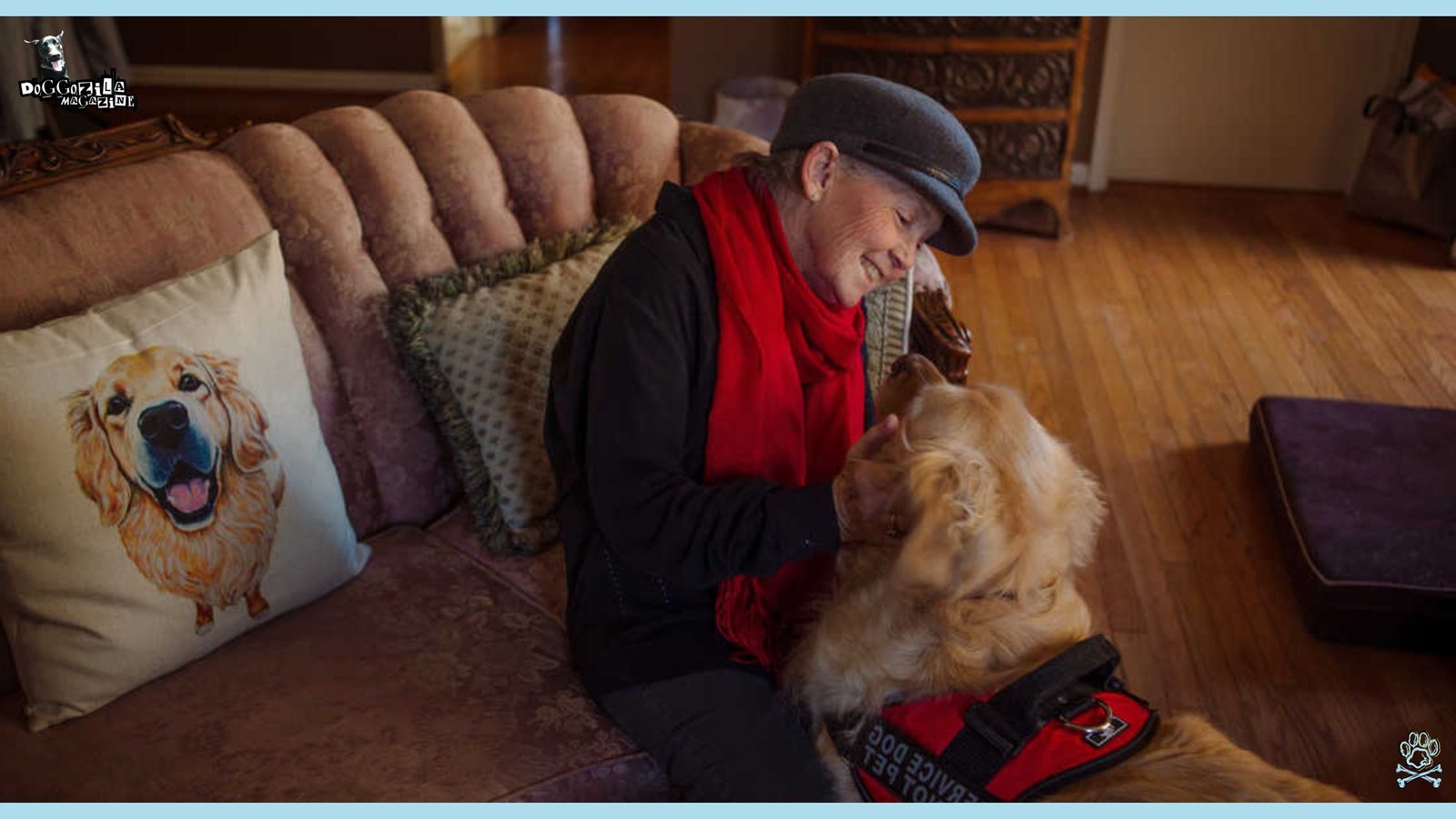
NAVIGATING PRACTICAL REALITIES OF DIABETIC SERVICE DOG OWNERSHIP
While the life-changing benefits are undeniable, prospective handlers must prepare for significant lifestyle adjustments and legal complexities inherent to service dog partnerships. Unlike emotional support animals, diabetic service dogs carry substantial legal protections but also demand rigorous training maintenance and public education responsibilities.
Financial planning becomes crucial given costs spanning high-quality nutrition, specialized veterinary care, and ongoing certification requirements throughout the dog’s 8-10 year working life. The commitment involves daily training reinforcement, meticulous health monitoring, and careful socialization to maintain peak alert performance.
Understanding Legal Rights And Public Access Protocols
Navigating supermarket aisles becomes an educational opportunity when store managers question your right to enter with a medical guardian, knowing the ADA guarantees access for properly trained diabetic service dogs in all public spaces is empowering.
Airlines must permit your alert dog in the cabin without charge, though advance notification and documentation of training credentials streamline boarding. Housing providers cannot impose pet fees or breed restrictions on legitimate service teams under federal fair housing laws.
Restaurants often mistakenly demand “service dog papers” when legally they may only ask two questions, whether the dog is required for a disability and what specific tasks it performs. Smart handlers carry cards explaining their diabetic service dog alerts to fluctuations and retrieves medical supplies.
Daily Maintenance For Peak Diabetic Alert Performance
Just as athletes have strict training regimens, diabetic service dogs require carefully curated daily routines to maintain their life-saving skills. Morning scent drills with preserved hypoglycemic sweat samples keep discrimination abilities razor-sharp, think “olfactory calisthenics” before breakfast.
Paw inspections after walks prevent cracked pads that could distract from alert work, while monthly ear cleanings preserve critical scent receptors. Nutritionists design healthy homemade dog food with high-omega-3 diets featuring salmon oil and blueberries to combat cognitive decline, with portion control preventing weight gain. Handlers strategically schedule “scent vacations” by creating safe blood sugar fluctuations at home to reinforce alert responses.
🔑 Key Points: Ownership requires significant commitment, including understanding legal access rights under the ADA and maintaining the dog’s alert skills through daily training routines and meticulous health care.
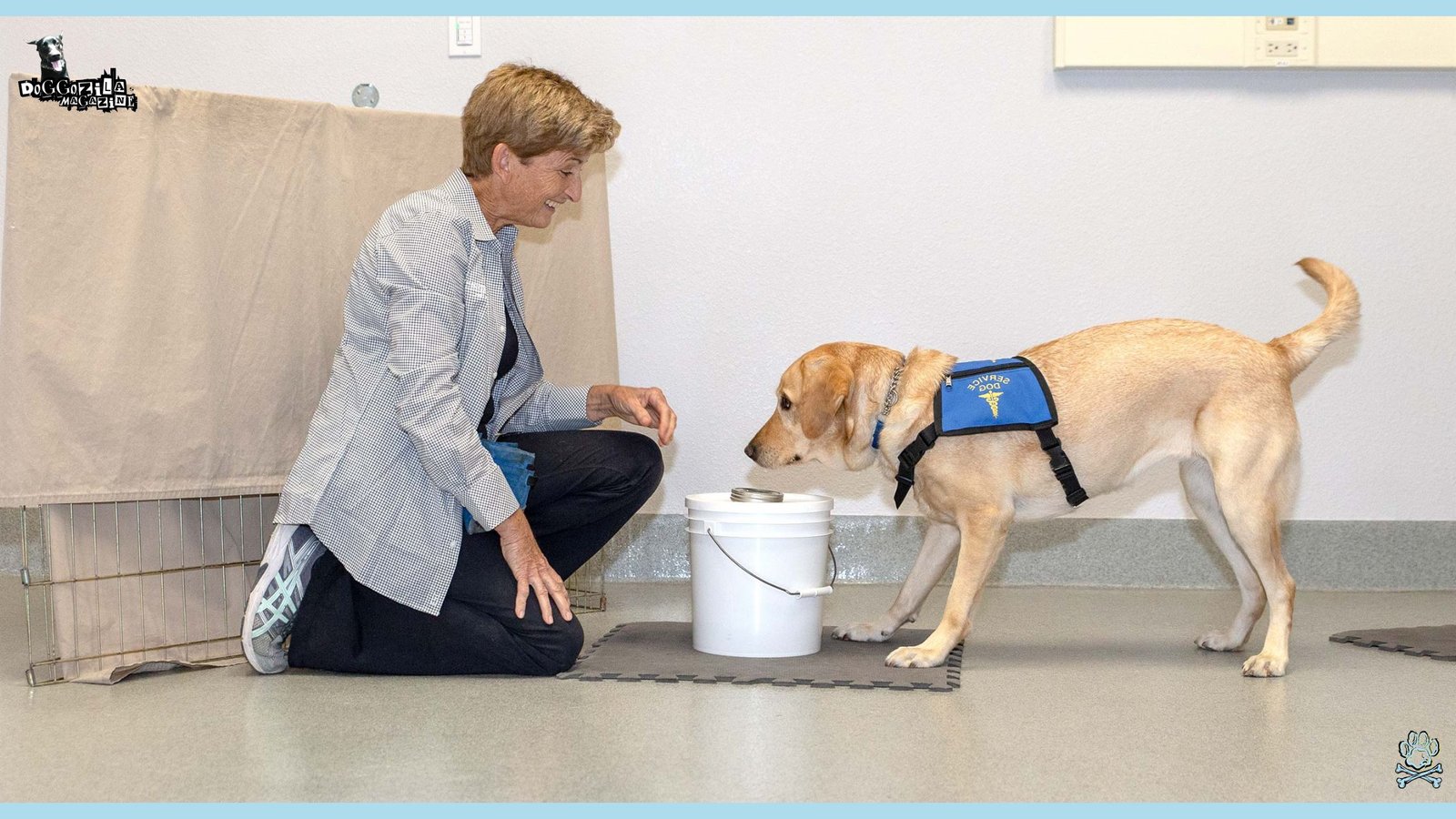
THE FUTURE FRONTIER OF DIABETIC DETECTION DOGS
Innovative research and technology are catapulting these medical companions into unprecedented roles far beyond traditional hypoglycemia alerts. Scientists at the University of Pennsylvania’s Working Dog Center are developing synthetic odor kits that standardize training globally while slashing preparation time from 18 months to 6 months.
Tech startups now integrate dog alerts with AI systems through smart harnesses that transmit real-time warnings to emergency contacts. The next generation of diabetic service dogs won’t just save individuals, they’re poised to transform public health screening through their extraordinary biosensing capabilities.
Emerging technologies enhancing traditional alert methods
Picture a smart collar vibrating on your sleeping dog’s neck that simultaneously triggers your bedside lamp to flash red during nighttime lows, this exists in prototype phase through MIT collaborations. Diabetic service dogs now train alongside experimental non-invasive glucose monitors, creating redundant systems where canine noses back up technology during sensor errors.
Digital scent wheels containing 48 hypoglycemic biomarkers help trainers identify superior candidates early in puppyhood. Some programs use virtual reality simulations exposing trainees to airport security lines before real-world exposure, reducing washout rates by 22%. The most exciting innovation comes from 3D-printed scent pods that release controlled hypoglycemic vapors during obedience drills.
Expanding applications for metabolic detection Dogs
Groundbreaking UK trials have diabetic service dogs screening hospital waiting rooms where they’ve identified undiagnosed prediabetics through persistent alerts, leading to early interventions before permanent damage occurs. Researchers at Duke University train dogs to detect ketoacidosis precursors through breath samples, potentially preventing ICU admissions by flagging dangers hours earlier than urine strips.
Veterinarians now study whether diabetic alert dogs can monitor pets with feline diabetes, with promising results showing cats accepting canine guardians more readily than human glucose checks. Military units are testing metabolic detection dogs to monitor soldiers under extreme stress where cortisol spikes trigger dangerous blood sugar fluctuations.
🔑 Key Points: Innovative research is enhancing traditional methods with technology like smart harnesses and synthetic odor kits, while also expanding the dogs’ roles into new areas like public health screening for prediabetes.
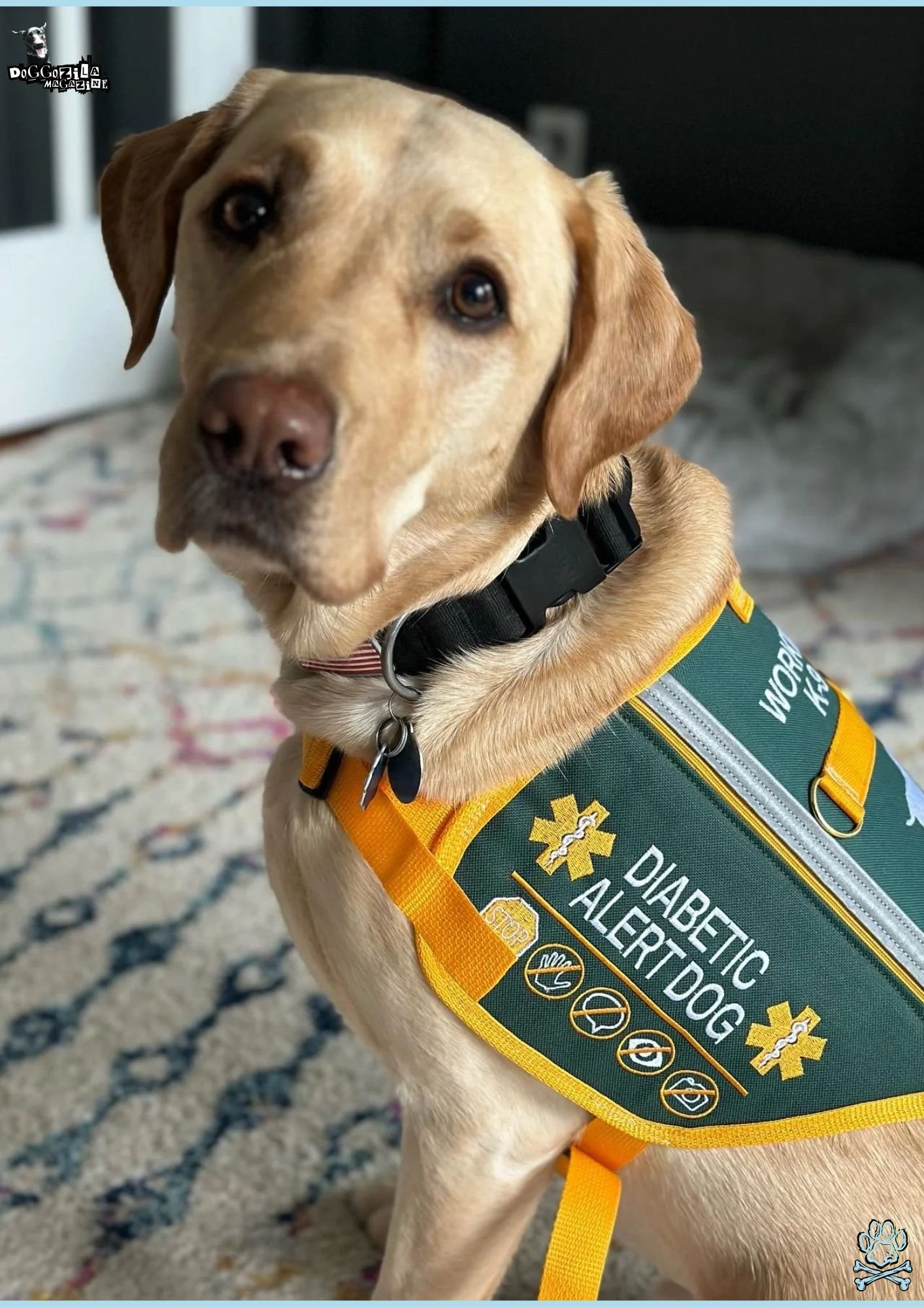
YOUR PATHWAY TO DIABETIC SERVICE DOG PARTNERSHIP
Embarking on the journey to acquire a diabetic alert companion requires careful navigation through training options, lifestyle adjustments, and financial planning. The average waitlist for program-trained dogs spans 2-3 years, while owner-training demands 20 hours weekly commitment but offers more immediate results.
Financial realities range from $25,000 for fully trained dogs to $8,000 for guided owner-training programs, though nonprofit grants and community fundraisers help bridge gaps. Ultimately, the investment yields returns measured in freedom from fear rather than dollars.
Choosing between program-trained vs owner-trained diabetic service dogs
Sarah Montgomery chose owner-training her rescue Poodle mix after calculating that program costs exceeded her annual salary, a decision requiring intensive workshops but resulting in an unbreakable bond. Diabetic service dogs from accredited programs like Dogs4Diabetics come with ironclad reliability guarantees and lifetime support but require handlers to travel for multi-week bootcamps.
Owner-trainers relish customizing alerts to their lifestyles but must navigate public access certification hurdles independently. Veterans often thrive with program dogs that include trauma-informed training for PTSD triggers alongside diabetes tasks. Critical considerations include ongoing costs, program dogs typically include lifelong veterinary care whereas owner-trained dogs need separate insurance.
Preparing your home and lifestyle for a medical guardian
Transforming your living space starts with creating “alert zones“, strategic resting spots near your bed where your dog can monitor scent most effectively. Families must establish sacred “no-petting” rules during work hours, using visible vests as signals that the diabetic service dog is actively monitoring.
Financial prep includes specialized budgets for performance dog nutrition ($150/month), quarterly scent-training refreshers ($500/session), and emergency funds for potential early retirement due to orthopedic issues. Social lives evolve around dog-friendly venues during the crucial first year of bonding. Most importantly, prospective owners must honestly evaluate their commitment to maintaining the dog’s skills through daily drills.
🔑 Key Points: Prospective handlers must choose between a program-trained dog with a long waitlist and high cost or the intensive commitment of owner-training, both requiring significant financial and lifestyle preparation.
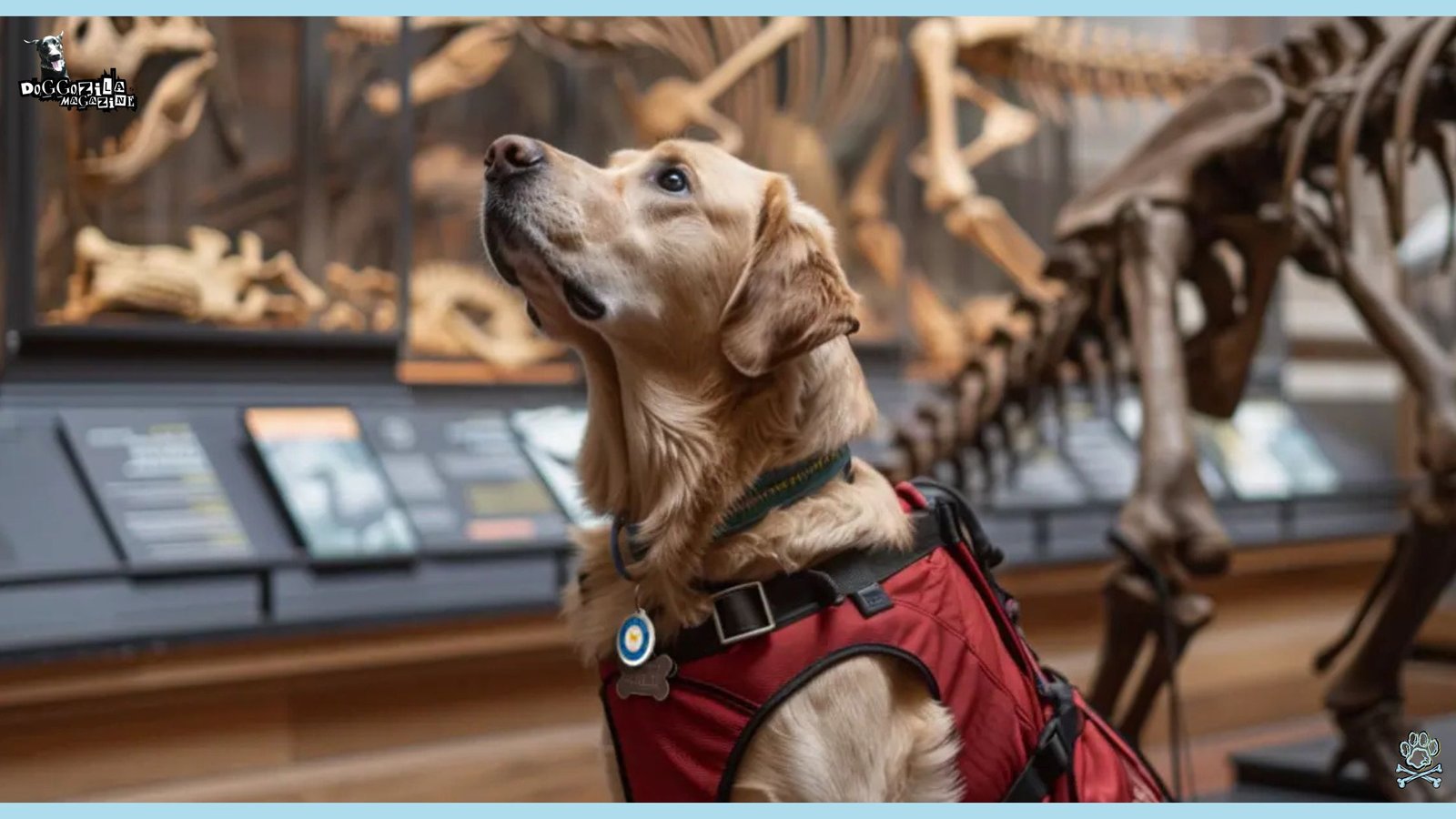
THE UNBREAKABLE BOND BEYOND MEDICAL ALERTS
Beyond glucose readings and emergency responses, these extraordinary partnerships rewrite emotional landscapes for diabetic individuals who’ve spent lifetimes in hypervigilance. The moment a handler stops compulsively checking their CGM and instead trusts their dog’s subtle nose nudge represents a psychological revolution.
Diabetic service dogs perform invisible alchemy, transforming fear into security, isolation into connection, and constant calculation into spontaneous living through their steadfast presence.
Emotional transformations occurring in diabetic service dog teams
Retired teacher Margaret Chen describes how her Golden Retriever, Bao, detects anxiety spikes before she consciously notices them, interrupting panic attacks by shoving his head under her trembling hand. Diabetic service dogs uniquely understand the somatic language of diabetes, the slight sweatiness before a crash, the shallow breathing of hyperglycemia, creating profound intimacy through non-verbal communication.
Handlers consistently report reduced “diabetes burnout” as the mental load transfers to their canine partner’s instincts. Children develop unprecedented self-confidence when their medical guardian empowers them to correct lows independently. Neuroscientists document measurable changes in handlers’ brain activity showing reduced stress responses when their service dog is present.
Celebrating the holistic health impact of canine partnerships
The benefits cascade through entire communities when a diabetic service dog alerts during a church service, prompting not just the handler’s glucose correction but inspiring congregants to schedule diabetes screenings. Families reclaim movie nights without constant interruptions, while romantic partners rediscover spontaneity when the dog’s vigilance replaces medical oversight.
Remarkably, handlers’ cardiovascular health often improves as reduced stress lowers blood pressure, with studies showing 18% decrease in hypertension markers. These canine heroes become community educators simply by existing in public spaces, their harnesses sparking conversations that destigmatize invisible disabilities.
The partnership provides profound emotional and psychological benefits, reducing diabetes-related anxiety and burnout by creating a deep, non-verbal bond of trust and security between the dog and handler.
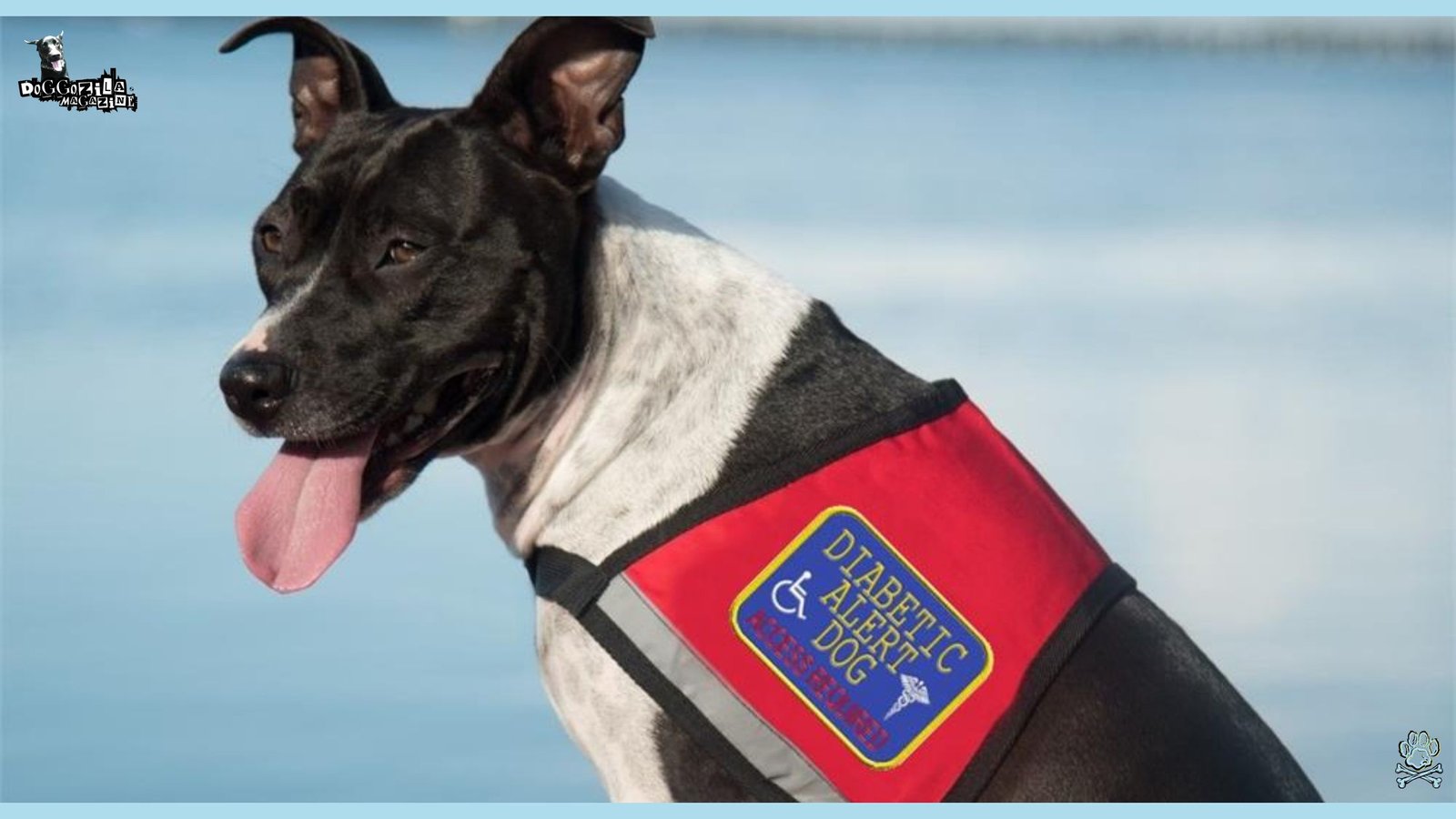
Whether you’re exploring training options, fundraising for a scholarship, or simply dreaming of adventures with a loyal four-legged friend, the world of medical alert dogs offers hope, empowerment, and a dog-powered promise of fewer surprises on the blood sugar rollercoaster.









